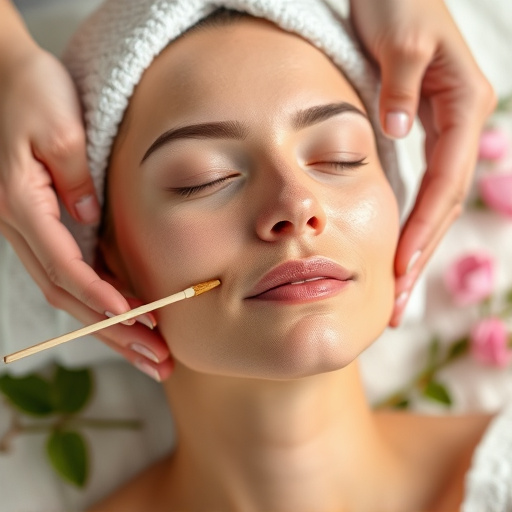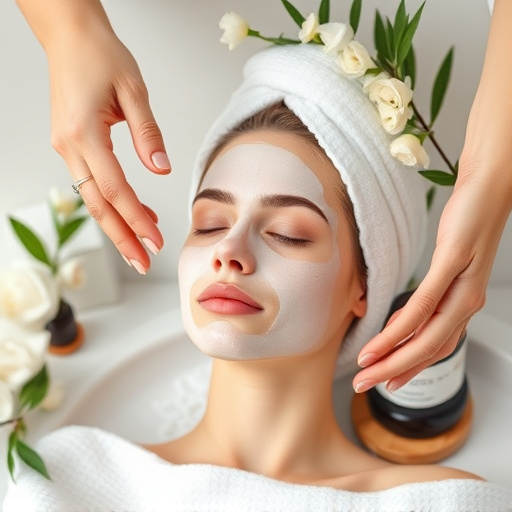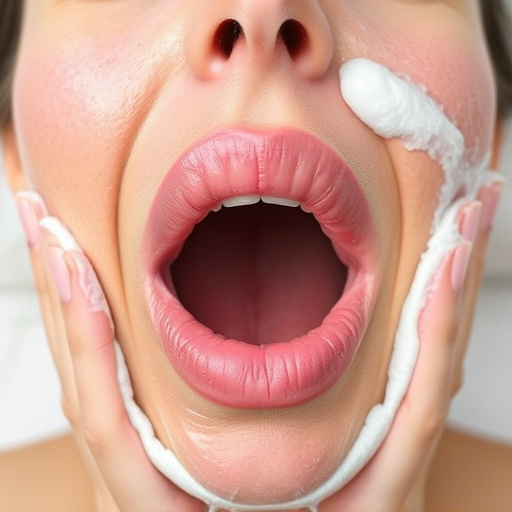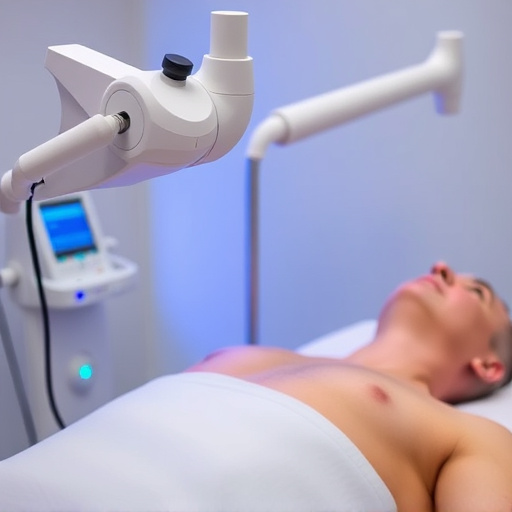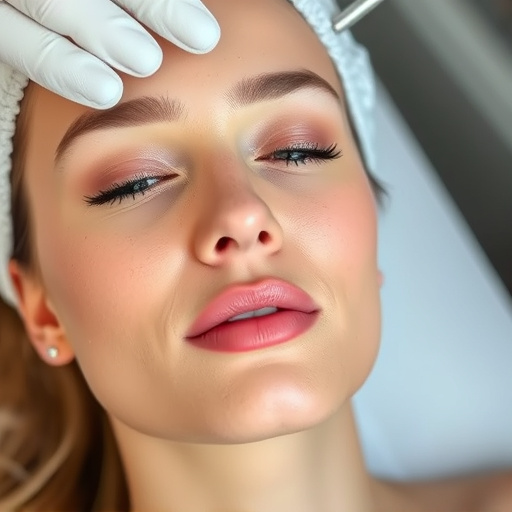Acne-prone skin is affected by hormones, genetics, and environment, leading to breakouts. Custom facials and professional treatments, including deep cleaning, extractions, benzoyl peroxide, and salicylic acid, offer effective solutions. Post-treatment care involves gentle cleansing, minimal touching, hydration, SPF protection, and occasional chemical peels for optimal results. Consistency in skincare routines and dermatologist check-ins promote long-term skin health.
“Uncover the secrets to achieving clear, healthy skin with our comprehensive guide to acne facial treatments. Understanding the causes and common concerns of acne-prone skin is the first step towards effective management. We’ll explore key components that make up a powerful acne facial, from cleansing techniques to targeted topicals.
Additionally, we’ll provide essential post-treatment care tips to ensure lasting results. Discover how you can transform your skincare routine and bid farewell to blemishes.”
- Understanding Acne-Prone Skin: Causes and Common Concerns
- Key Components for an Effective Acne Facial Treatment
- Post-Treatment Care: Tips for Maintaining Clear, Healthy Skin
Understanding Acne-Prone Skin: Causes and Common Concerns

Acne-prone skin is a common concern for many individuals, often characterized by frequent breakouts, redness, and inflammation. Understanding the underlying causes is essential when seeking effective acne facial treatment. Hormonal fluctuations, genetic predisposition, and environmental factors all play a role in triggering acne. For instance, increased sebum production due to hormonal changes can lead to clogged pores, a primary cause of acne.
In addition to these causes, certain lifestyle habits and skincare routines can exacerbate the condition. Using unsuitable products or over-exfoliating can irritate the skin, causing further inflammation. Customized facials and professional skincare treatments offer targeted solutions by addressing specific skin concerns. These services often involve deep cleaning, extractions, and application of specialized topical treatments to soothe and heal acne-prone skin.
Key Components for an Effective Acne Facial Treatment
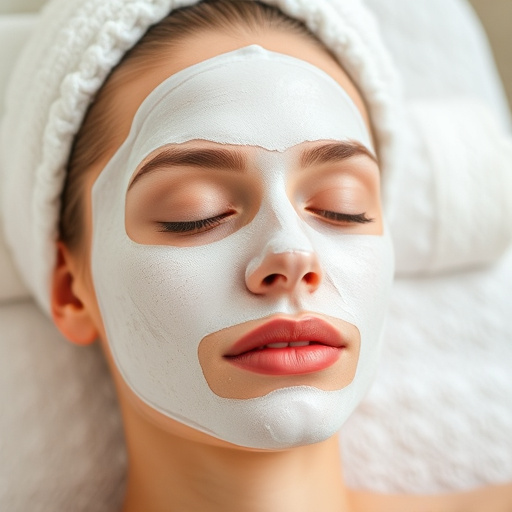
An effective acne facial treatment should incorporate several key components to target and prevent acne breakouts. Firstly, gentle yet powerful cleansers that remove excess oil, makeup, and impurities from the skin’s surface are essential. These mild yet efficient cleansers help unclog pores, a primary cause of acne. Additionally, regular exfoliation using chemical peels or gentle physical scrubs helps eliminate dead skin cells, allowing better absorption of other treatment products.
Other crucial elements include targeted treatments with ingredients like benzoyl peroxide and salicylic acid, which are known to reduce inflammation and kill acne-causing bacteria. Laser hair removal can also play a supporting role by minimizing the risk of infection associated with shaving. Non-surgical treatments, such as microdermabrasion, further enhance the effectiveness by promoting skin cell turnover and unclogging pores.
Post-Treatment Care: Tips for Maintaining Clear, Healthy Skin
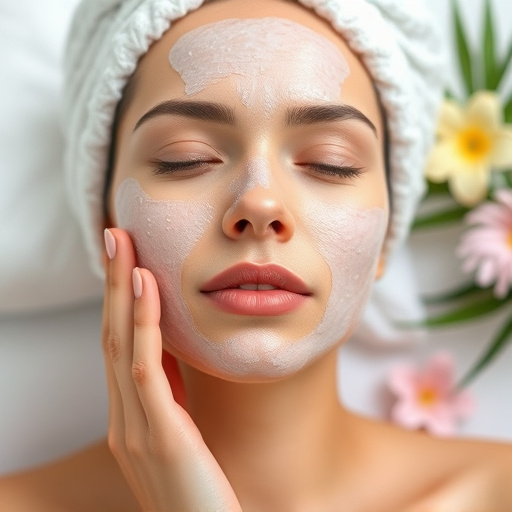
After receiving an acne facial treatment, proper post-care is essential for maintaining clear and healthy skin. Here are some tips to ensure optimal results:
Firstly, avoid touching your face excessively, as this can introduce bacteria and disrupt the healing process. It’s crucial to keep your hands clean and away from your face throughout the day. Additionally, be gentle when cleansing; use a mild cleanser suitable for sensitive or acne-prone skin to prevent further irritation. Hydration is key—moisturize gently without adding excess oil to the skin. Exfoliation can help remove dead skin cells but should be done sparingly and with a gentle touch to avoid over-exfoliation. Lastly, protect your skin from the sun; use a broad-spectrum sunscreen with at least SPF 30 to shield against UV rays that can aggravate acne scars and sensitize the skin.
For enhanced skin brightening and improved texture, consider follow-up treatments like chemical peels or targeted body contouring procedures, which can help minimize scarring and unevenness. Remember, consistency in skincare routines and regular check-ins with a dermatologist will contribute to long-lasting clarity and health of your skin.
An effective acne facial treatment goes beyond spot treatments, addressing the root causes of acne-prone skin. By incorporating key components like exfoliation, deep cleaning, and targeted products, you can achieve clearer, healthier complexions. Remember, consistent post-treatment care is essential to maintaining results and fostering a robust skin barrier against future breakouts.








